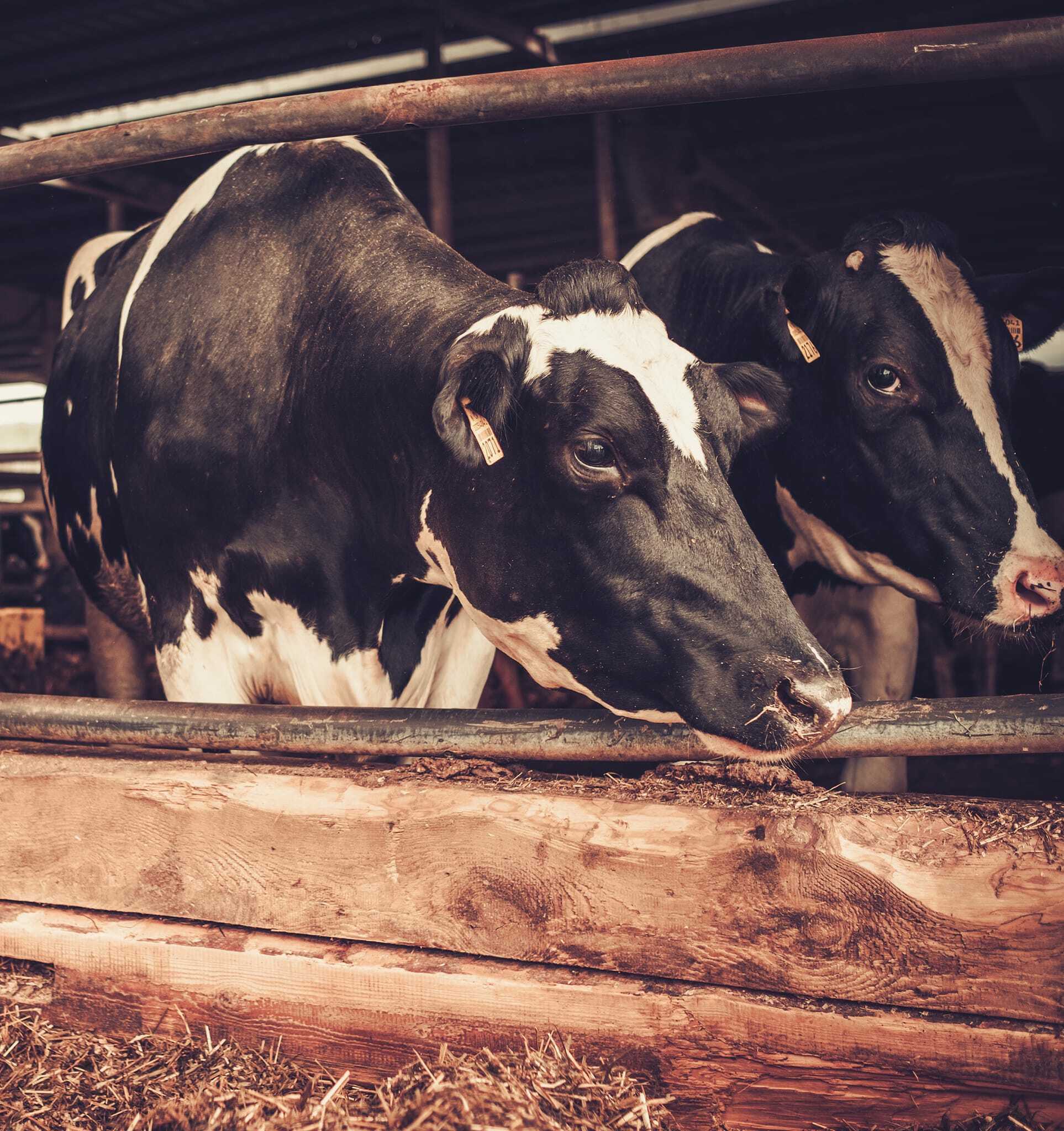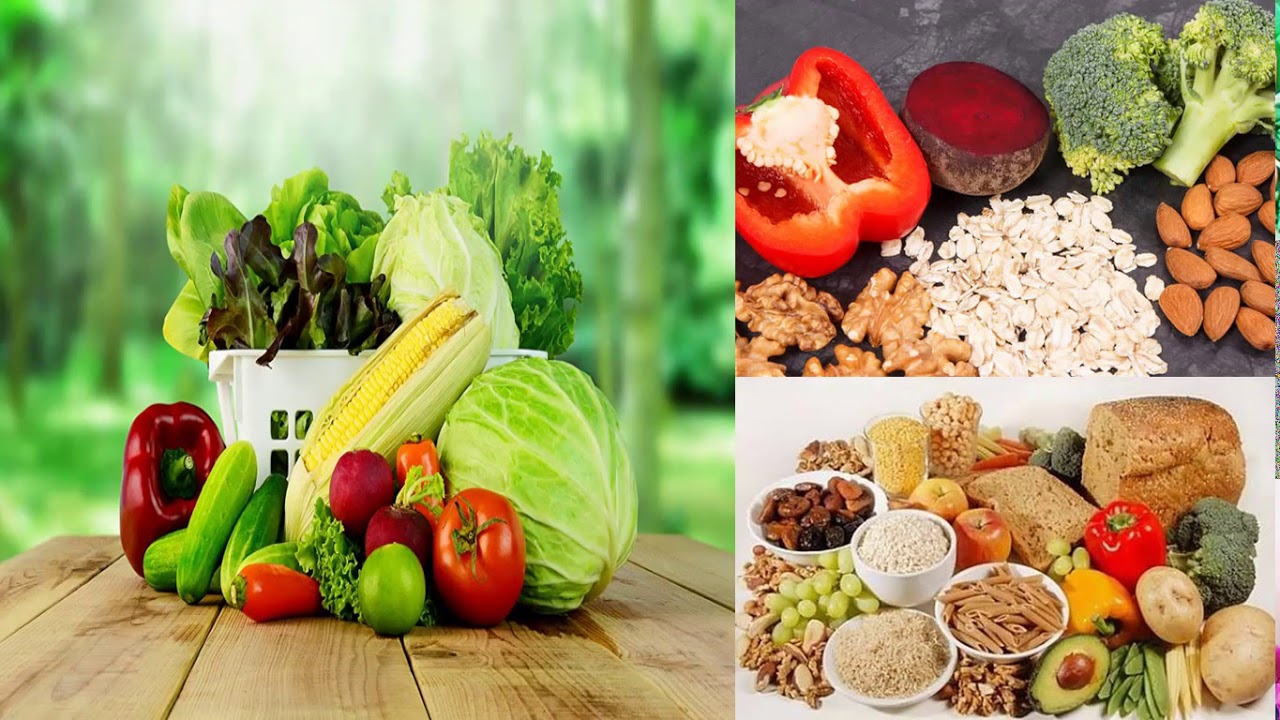Intelligent Greenhouse Market is estimated to increase at a CAGR of 9.73% from USD 1,997.79 million in 2023 to USD 3,178.17 million by 2028. The intelligent greenhouse market refers to the industry that focuses on the development, manufacturing, and deployment of advanced greenhouse technologies and systems. These intelligent greenhouses leverage cutting-edge technologies such as artificial intelligence (AI), Internet of Things (IoT), and automation to optimize the cultivation process and create an ideal environment for plant growth.
The market for intelligent greenhouses has been witnessing significant growth due to several factors. First, the rising global population and increasing food demand have put pressure on traditional agriculture to enhance productivity and reduce food waste. Intelligent greenhouses offer a solution by enabling efficient and sustainable cultivation practices, ensuring a consistent and high-quality food supply.
Furthermore, the growing focus on sustainable agriculture and the need to minimize the use of chemical inputs have increased the adoption of intelligent greenhouse systems. These systems allow for precise control over crop conditions, reducing the reliance on pesticides and optimizing resource utilization such as water and energy.
The market for intelligent greenhouses encompasses various types of structures, including glass greenhouses, plastic greenhouses, and others. It also includes a wide range of crops, from vegetables and fruits to flowers and herbs. Additionally, the market serves various end-users, including commercial growers, research institutions, and individual hobbyists.
Increasing adoption of automation and control systems: Intelligent greenhouses are incorporating advanced automation and control systems to optimize crop production. These systems use sensors, actuators, and monitoring technologies to maintain optimal environmental conditions, such as temperature, humidity, light, and CO2 levels. Automation helps enhance crop yield, reduce energy consumption, and minimize labor costs.
Growing focus on energy-efficient solutions: Energy consumption is a significant concern in greenhouse operations. To address this, intelligent greenhouses are increasingly adopting energy-efficient technologies. This includes the use of energy-efficient lighting systems (e.g., LED lights), advanced insulation materials, energy management systems, and renewable energy sources like solar power. These measures help reduce operational costs and minimize the environmental impact.
Integration of IoT and data analytics: The Internet of Things (IoT) is playing a crucial role in intelligent greenhouse systems. By connecting various devices and sensors, greenhouse operators can collect real-time data on environmental parameters, plant health, and crop growth. This data is then analyzed using advanced analytics tools to gain valuable insights, optimize resource allocation, and make informed decisions for improved crop productivity.
Shift towards vertical farming and urban agriculture: As urbanization continues to increase and available land for agriculture decreases, there is a growing interest in vertical farming and urban agriculture. Intelligent greenhouse technologies are well-suited for these applications, as they enable efficient space utilization and year-round cultivation. Vertical farming systems often incorporate automated processes and advanced lighting solutions to maximize production in limited spaces.
Integration of AI and machine learning: Artificial intelligence (AI) and machine learning algorithms are being integrated into intelligent greenhouse systems to enhance automation and decision-making capabilities. These technologies can analyze large datasets, predict crop behavior, detect diseases or pests early, optimize resource allocation, and suggest optimal cultivation strategies. AI-powered systems can continually learn and improve over time, leading to more efficient and sustainable greenhouse operations.
Increasing demand for organic and locally grown produce: Consumer preferences are shifting towards organic and locally grown produce. Intelligent greenhouses offer opportunities for controlled environment agriculture, where crops can be grown without pesticides and with minimized water usage. By providing a reliable and consistent supply of fresh produce, intelligent greenhouses can cater to the increasing demand for organic and locally sourced food.
Click Here, To Get Free Sample Report: https://stringentdatalytics.com/sample-request/intelligent-greenhouse-market/2598/
Market Segmentations:
Global Intelligent Greenhouse Market: By Company
• Venlo
• Palram
• RBI
• Kubo
• Nexus Corporation
• Agra Tech
• Luiten
• Atlas Manufacturing
• AgrowTec
• TOP Greenhouse
• FatDragon
• Fenglong Technology
• Hua Kun
• HuiZhong XingTong
• Shangyang Greenhouse
• Shanghai Jinong
• Xinyu Greenhouse
• NongBang Greenhouse
• GaoZongZhi
• Nanjing Tengyong
• Jin Zhi You
• Qingzhou Jinxin
Global Intelligent Greenhouse Market: By Type
• Hydroponic
• Non-Hydroponic
Global Intelligent Greenhouse Market: By Application
• Flower Planting
• Vegetable Cultivation
• Fruit Cultivation
• Other
Global Intelligent Greenhouse Market: Regional Analysis
All the regional segmentation has been studied based on recent and future trends, and the market is forecasted throughout the prediction period. The countries covered in the regional analysis of the Global Intelligent Greenhouse market report are U.S., Canada, and Mexico in North America, Germany, France, U.K., Russia, Italy, Spain, Turkey, Netherlands, Switzerland, Belgium, and Rest of Europe in Europe, Singapore, Malaysia, Australia, Thailand, Indonesia, Philippines, China, Japan, India, South Korea, Rest of Asia-Pacific (APAC) in the Asia-Pacific (APAC), Saudi Arabia, U.A.E, South Africa, Egypt, Israel, Rest of Middle East and Africa (MEA) as a part of Middle East and Africa (MEA), and Argentina, Brazil, and Rest of South America as part of South America.
Visit Report Page for More Details: https://stringentdatalytics.com/reports/intelligent-greenhouse-market/2598/
Objectives of Intelligent Greenhouse Market Study:
- Market Size and Growth Analysis: Determine the current size of the intelligent greenhouse market and forecast its growth over a specific period. This objective involves analyzing historical data, market trends, and factors influencing market expansion, such as technological advancements and government initiatives.
- Competitive Landscape Assessment: Identify key players operating in the intelligent greenhouse market and analyze their market share, product portfolio, business strategies, and competitive advantages. This objective helps understand the market’s competitive dynamics and the position of various companies within the industry.
- Demand Analysis and Customer Insights: Study the demand patterns and preferences of customers in the intelligent greenhouse market. This objective involves understanding the needs and requirements of end-users, their purchasing behavior, and factors influencing their decision-making process. Customer insights can help companies tailor their products and services to better meet market demands.
- Technological Trends and Innovations: Identify emerging technologies and innovations in the intelligent greenhouse industry, such as AI-based monitoring systems, IoT integration, energy-efficient solutions, and automation. This objective aims to provide insights into the future direction of the market and opportunities for technological advancements.
- Regulatory and Policy Analysis: Assess the regulatory landscape governing the intelligent greenhouse market, including environmental regulations, energy policies, and government incentives. This objective helps understand the impact of regulations on market growth and identifies potential challenges or opportunities for market participants.
- Investment and Growth Opportunities: Identify potential investment opportunities in the intelligent greenhouse market, such as new market segments, untapped geographical regions, and emerging technologies. This objective assists investors, businesses, and entrepreneurs in making informed decisions about market entry, expansion, or diversification.
- Challenges and Risks: Evaluate the challenges and risks associated with the intelligent greenhouse market, including factors like high initial investment costs, technical complexities, market competition, and sustainability concerns. This objective aims to provide a comprehensive understanding of potential barriers to market growth and potential mitigation strategies.
About US:
Stringent Datalytics offers both custom and syndicated market research reports. Custom market research reports are tailored to a specific client’s needs and requirements. These reports provide unique insights into a particular industry or market segment and can help businesses make informed decisions about their strategies and operations.
Syndicated market research reports, on the other hand, are pre-existing reports that are available for purchase by multiple clients. These reports are often produced on a regular basis, such as annually or quarterly, and cover a broad range of industries and market segments. Syndicated reports provide clients with insights into industry trends, market sizes, and competitive landscapes. By offering both custom and syndicated reports, Stringent Datalytics can provide clients with a range of market research solutions that can be customized to their specific needs.
Contact US:
Stringent Datalytics
Contact No – +1 346 666 6655
Email Id – sales@stringentdatalytics.com




Leave a Reply